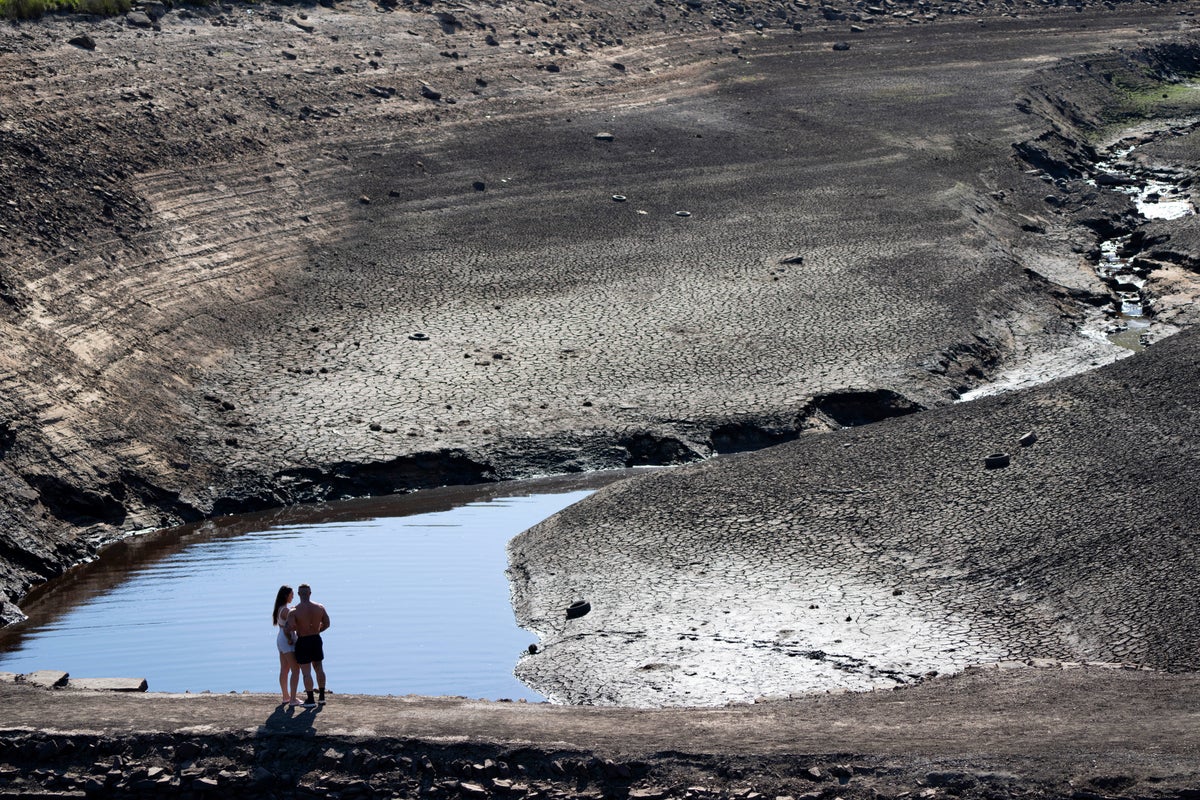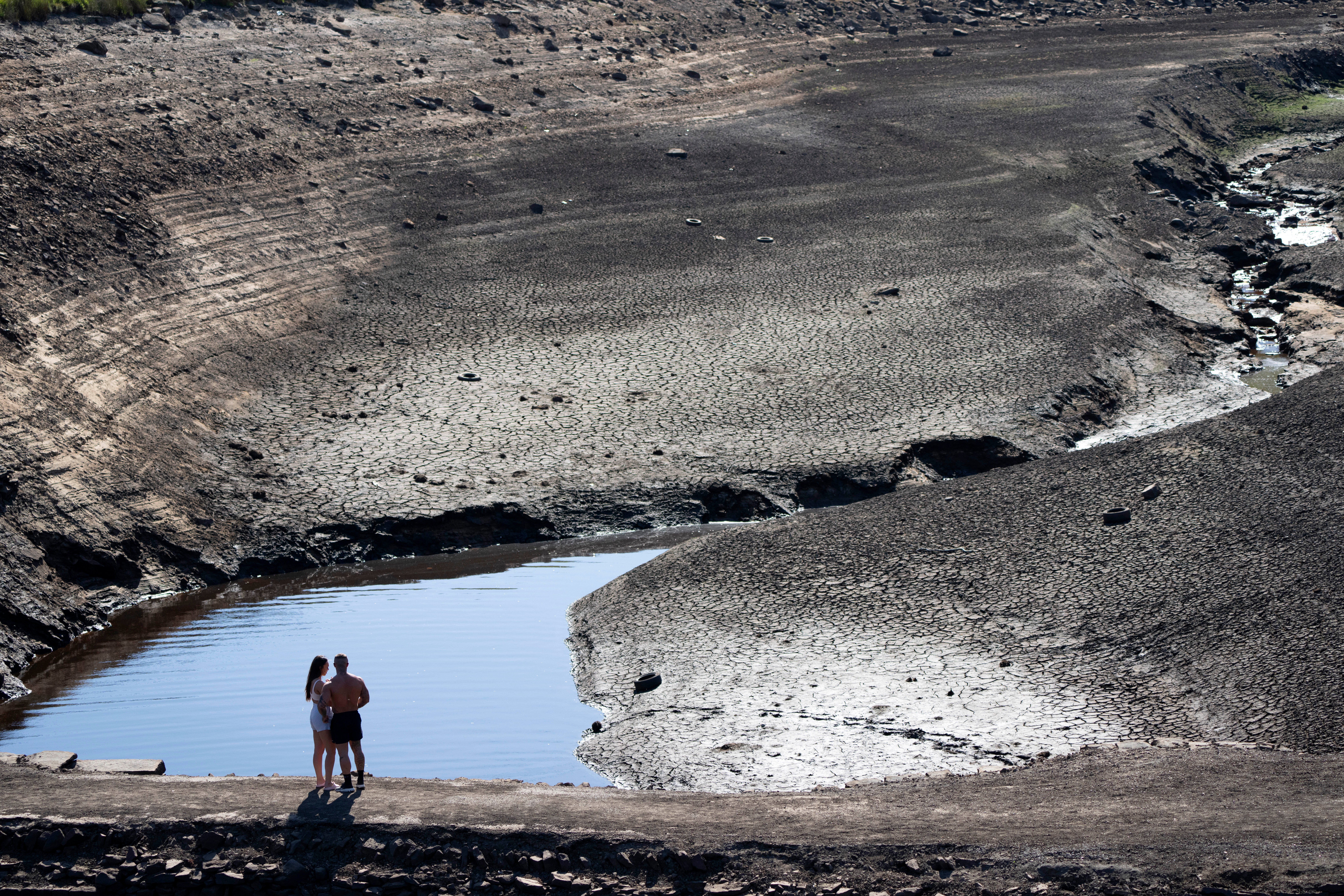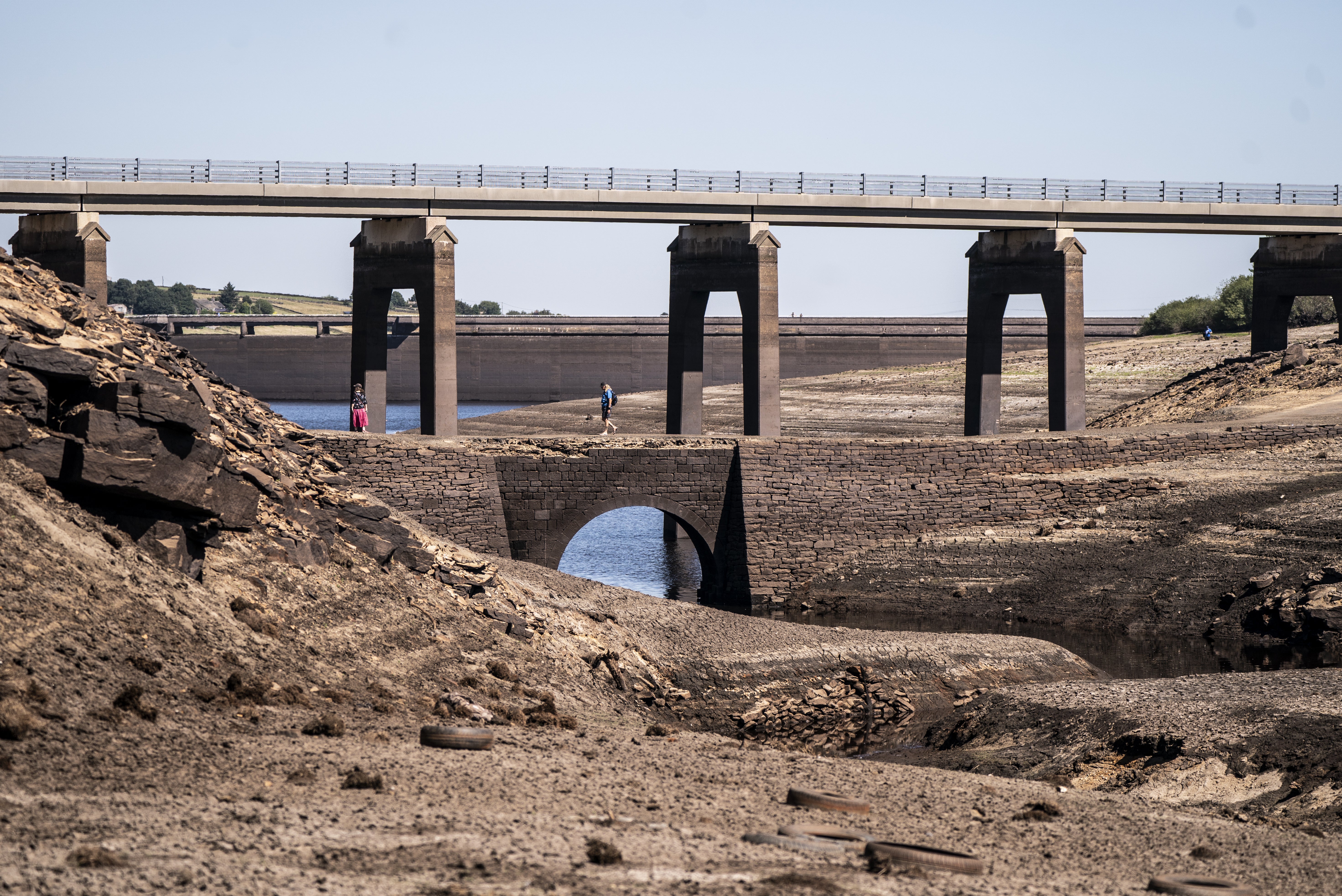
A drought has officially been declared in Yorkshire - the first time the region has reached the threshold in four years.
It comes as millions face restrictions over water use in England as large parts of the country face drought conditions.
Yorkshire became the ninth area to enter an official drought on Tuesday, after the Environment Agency said eight others had reached this status on Friday.
This means there are just five other areas in England the Environment Agency does not consider to be in a drought. The last drought in Yorkshire was in autumn 2018.
Have you been impacted by drought in your area? If so email zoe.tidman@independent.co.uk
The country has experienced a period of prolonged dry weather, suffering from months of sparse rainfall and two heatwaves in short succession.
While thunderstorms are now sweeping across the UK, scientists warn they will do little to alleviate drought conditions as they bring “almost the wrong sort of rain”.
After the drought was declared in Yorkshire, Victoria Slingsby, a local Environment Agency official, said: “We are experiencing some much-needed rain this week, but it will not be enough to correct weeks of dry weather.”

She added: “It will take more prolonged rainfall to wet up soils and replenish rivers, reservoirs and groundwater levels.”
The environment planning and engagement manager for the Environment Agency in Yorkshire urged the public to “manage the amount of water they are using in this exceptionally dry period”.
Others areas officially in a drought include Devon and Cornwall, Solent and South Downs, Herts and North London, and Kent and South London.

The other four are: East Anglia, Thames, Lincolnshire and Northamptonshire and East Midlands.
A string of hosepipe bans are already in force or due to come into force across England as water companies look to save resources, with millions of Britons affected.

Yorkshire Water said it will introduce one from 26 August.
The Environment Agency says its drought status does not automatically trigger further action to protect water resources.
Instead, it means the agency and water companies will step up their actions to manage the impacts and push forwards with drought plans.







